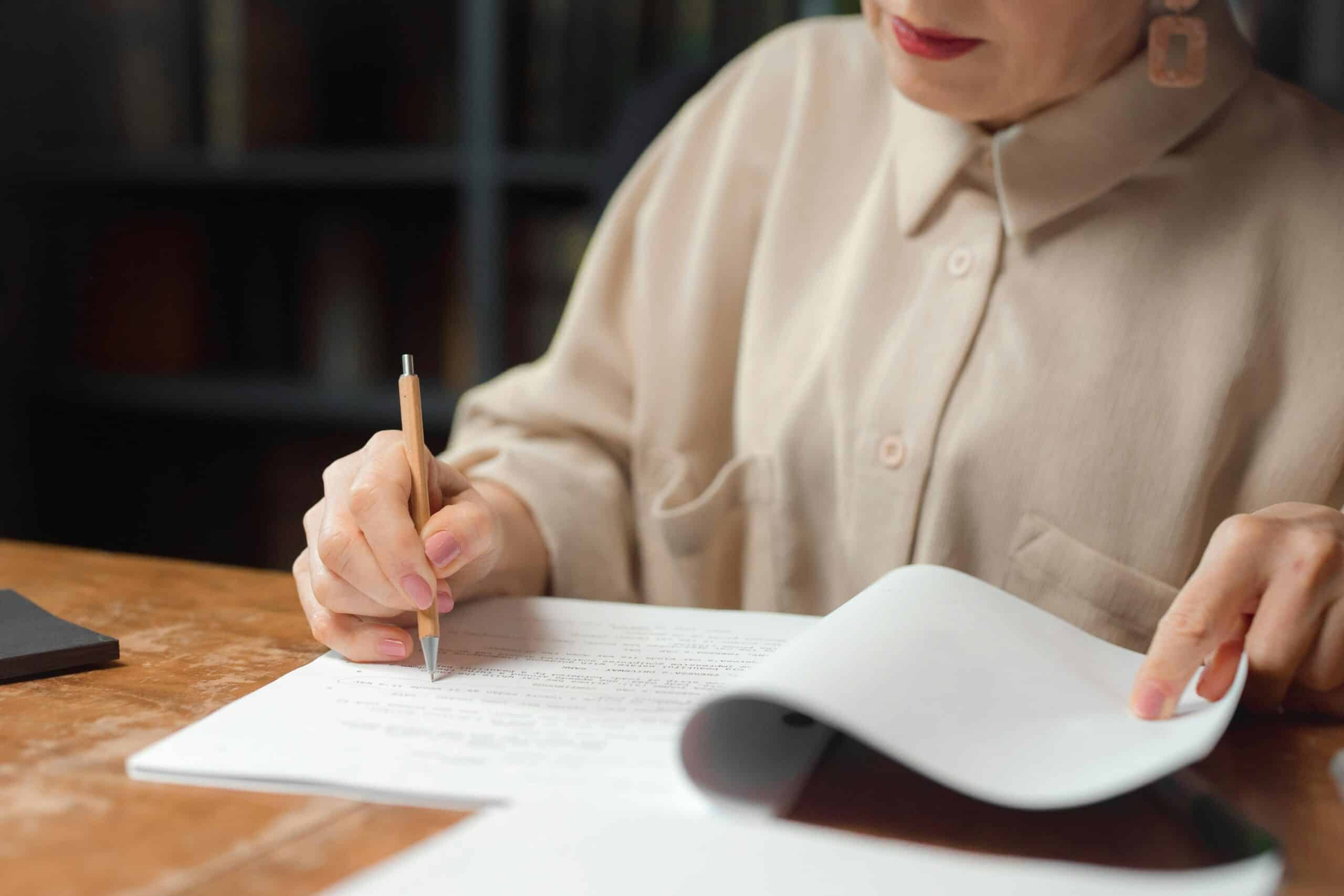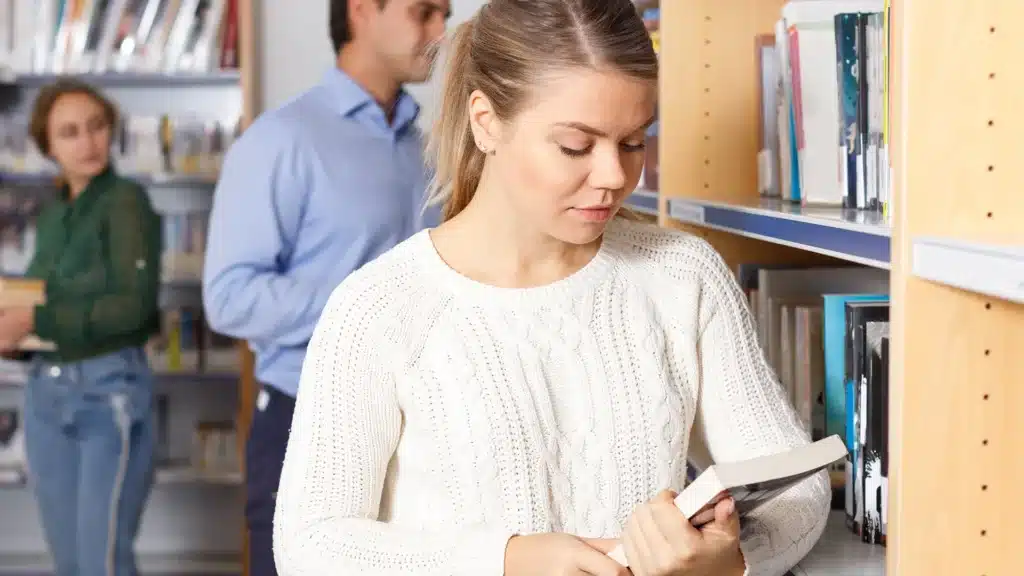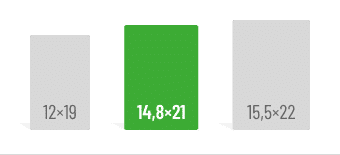First things first:
- Self-editing is important: It strengthens scenes, dialogue, and style – before you go into professional editing.
- Proofreading brings the finishing touches: spelling, grammar and readability are optimized.
- Unbeatable together: First self-editing, then proofreading – this is how a clear, professional text is created.
Introduction
Self-editing and proofreading should be an integral part of your manuscript review. In self-publishing, self-editing is not a luxury, but an important step: it makes the text clearer, more exciting and more professional – even before external proofreading follows. The right process makes it easier: First the self-editing (content and style), then the proofreading (spelling and layout) – efficient and clearly structured.
Self-editing: Scenes with bite
Almost every scene can be improved – if you recognize its weaknesses. Because a lack of planning, unclear objectives, too much information, meaningless scenes or a lack of conflict can stop the flow of reading. Self-editing cannot replace professional editing, but it creates a solid basis for fine-tuning. Authors who go into editing unrevised are giving away this potential for improvement. Through several rounds of revisions and feedback, the manuscript quality increases significantly. In the following, we will show you methods that you can use to improve your scenes:
- Describe scenes with all your senses to bring emotions to life. What does your protagonist hear, smell, taste and see?
- Use show, don’t tell – show instead of tell. This is a proven technique to involve the reader more and make scenes more emotional.
- Increase conflicts and make them unpredictable.
- Make sure that each scene advances the main storyline. Tell only what is important.
- Surprise your readers by breaking their expectations.
Tips for implementation
- Focus on the core of your story.
- Fine-tune your dialogue to make it come alive.
- Delete superfluous details.
- Increase tension and conflict.
- Don’t give readers all the answers too quickly.
- Allow for mistakes or setbacks – this makes scenes more realistic and vivid.
- Rely on dynamic storyline instead of static scenes.
Proofreading: Feeling for language & fine-tuning
A structured approach pays off: the substantive work is followed by the formal finish. This includes grammar, spelling, and layout. German spelling is regulated by the Council for German Spelling. Since the reform of 1996, the Duden has been considered the authoritative guideline. Here you will find practical tips for implementation:
- Delete filler words and weakening wording – this improves the flow of text and reduces printing and editing costs.
- Paragraphs and indentations visually structure the text – especially helpful when changing perspective or targeted emphasis.
- Read a variety of texts to refine your sense of language and style.
- Regular writing and reading works wonders.
- Print out your text or change font/layout to see it with fresh eyes and avoid operational blindness.
- Take breaks and check at a distance.
- Have texts read to you – this reveals bumpy passages and unclear sentences.
Conclusion
Self-editing takes your manuscript to a new level: it puts scenes under tension, removes ballast, and polishes the style. In combination with proofreading, the result is a clear, reader-friendly text – a stable basis for your success in self-publishing. It does not replace professional editing, but it is an indispensable preparation. Because almost every scene can be saved – or in case of doubt, still deleted.
If you are unsure whether you have thought of everything when it comes to self-editing and proofreading, we have a checklist for you here: Self-editing and proofreading: More quality for your manuscript!
Sources
- Workshop at the Bookerfly Authors’ Camp with Eva Maria Nielsen and Ilka Sommer, 07.05.2025
- Self-Editing tips to improve your writing
- BOD: Self-editing and professional editing
Frequently Asked Questions
With self-editing, you revise your manuscript yourself – in terms of content and style. Proofreading is the formal finishing touches: spelling, grammar and punctuation.
Self-editing is the self-examination of your text. Professional editing goes deeper: it checks structure, logic, style and reading flow by trained experts.
Important tips: Describe scenes with all your senses, use show, don't tell , delete filler words, intensify conflicts and align each scene with the main plot.
Proofreading always follows self-editing. Only when the content and style are in place is it worthwhile to formally check spelling, grammar and layout.
Yes – self-editing improves your manuscript considerably, but it does not replace the external view. Professional editing makes your book competitive in self-publishing.
Want to keep reading?
Do you like our magazine? Then sign up for our GRIN newsletter now!









